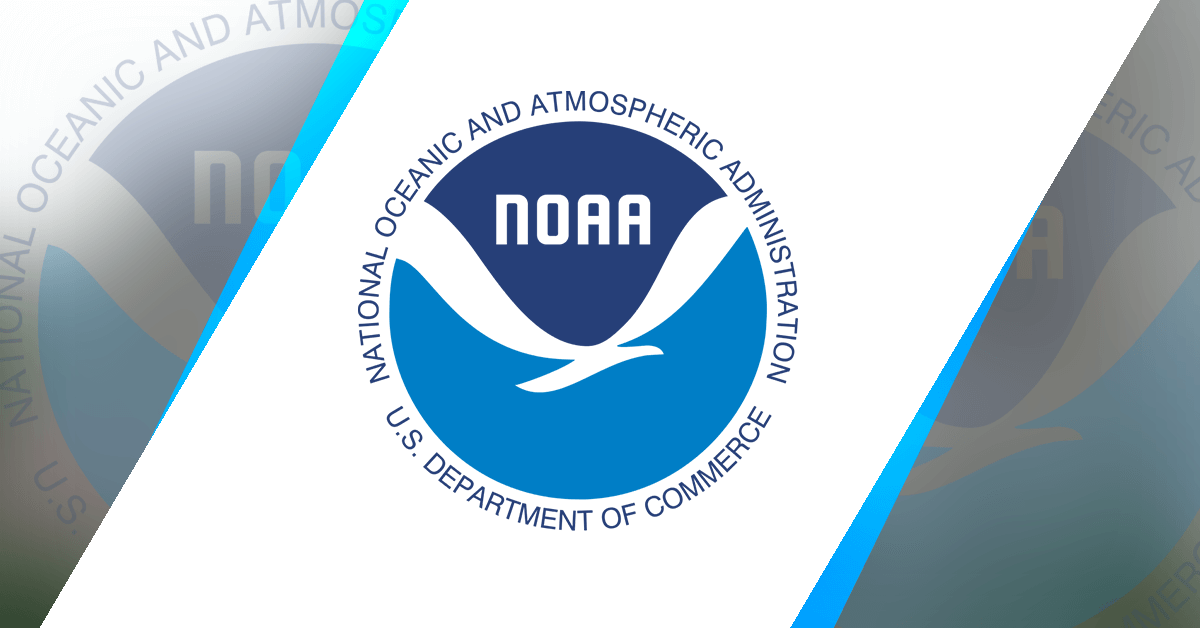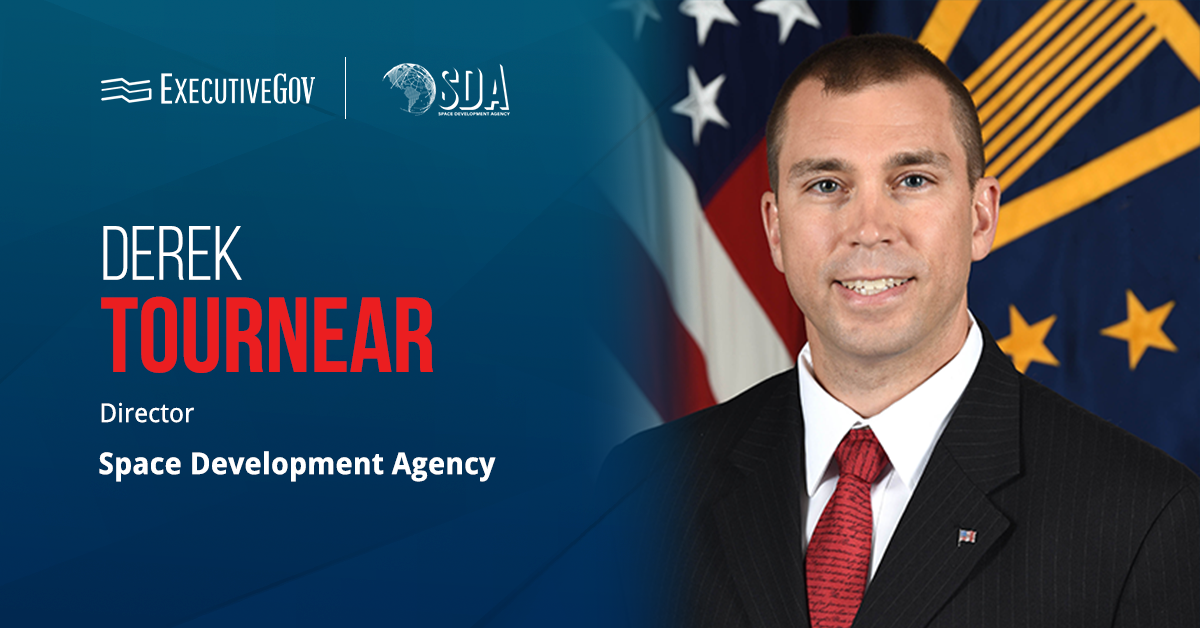NASA’s Jet Propulsion Laboratory has collaborated with private companies and academic institutions to develop and deploy the first space-based quantum sensor capable of measuring gravity.
Table of Contents
Boosting Earth Observation With Quantum Sensors
The agency said Tuesday the Quantum Gravity Gradiometer Pathfinder, or QGGPf, project, supported by NASA’s Earth Science Technology Office, aims to revolutionize quantum sensing and conduct pioneering research related to the Earth’s gravitational field. This potentially includes planetary exploration and studies of natural resources such as freshwater sources, petroleum reserves, aquifers and mineral deposits. The QGGPf is also intended for navigation, resource management and national security.
How Will the Quantum Gravity Gradiometer Pathfinder Work?
Gravity gradiometers measure the difference in acceleration between two free-falling objects or test masses to determine gravitational strength. The quantum gravity gradiometer is designed to measure the difference in acceleration between the matter waves of two clouds of ultra-cold rubidium atoms. The result will be used for detecting gravitational anomalies.
Using these atoms as test masses enables the compact and efficient QGGPf to be deployed aboard a single spacecraft and measure gravity. The quantum gravity gradiometer’s quantum sensors are estimated to be ten times more sensitive than traditional sensors, enhancing the potential for more accurate gravity measurements.
The technology validation mission, planned for launch at the end of the decade, is meant to assess advanced technologies designed to manipulate atomic interactions of light and matter.
The JPL team of researchers partnered with AOSense and Infleqtion to develop the sensor head while NASA’s Goddard Space Flight Center collaborated with Vector Atomic on the laser optical system.












